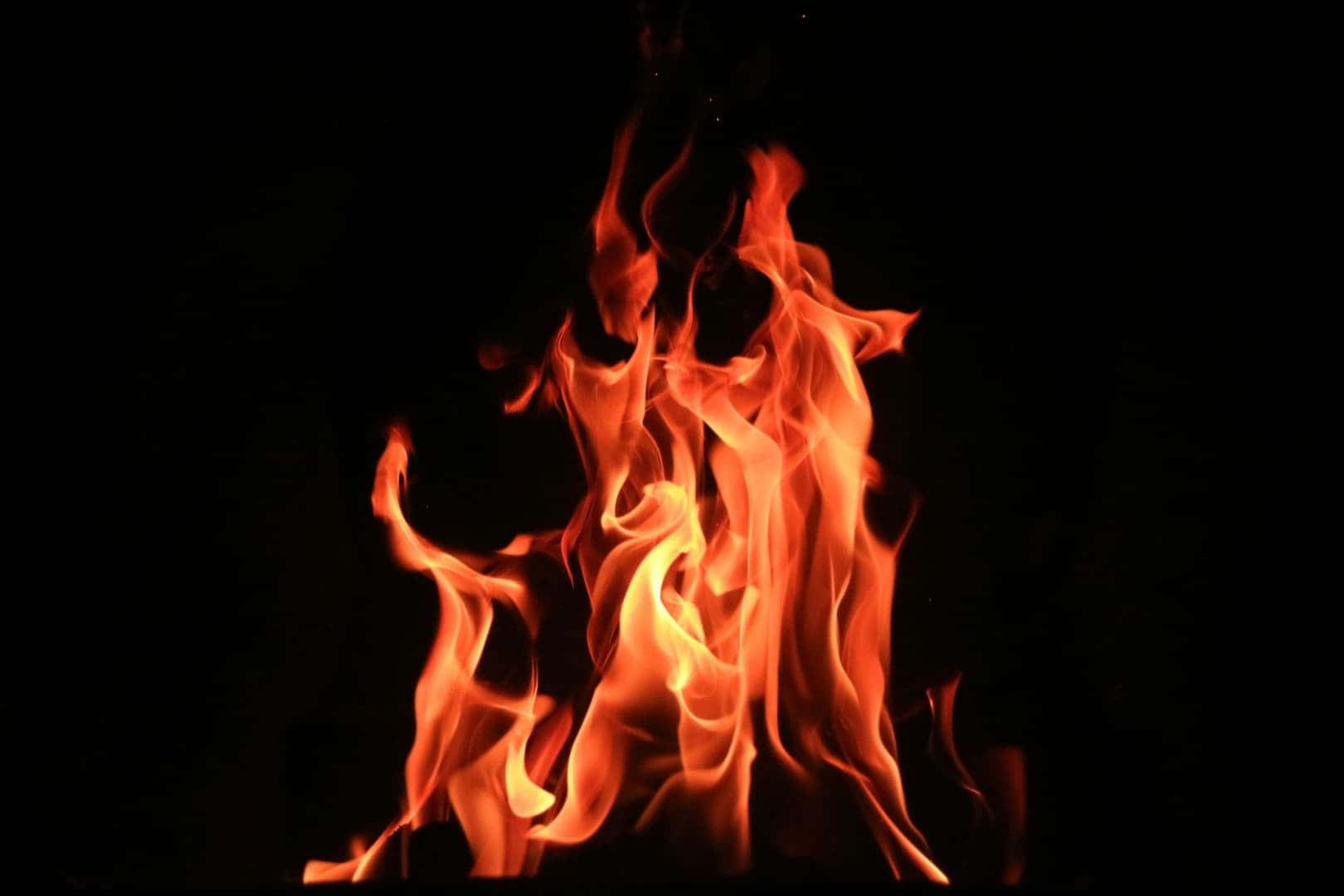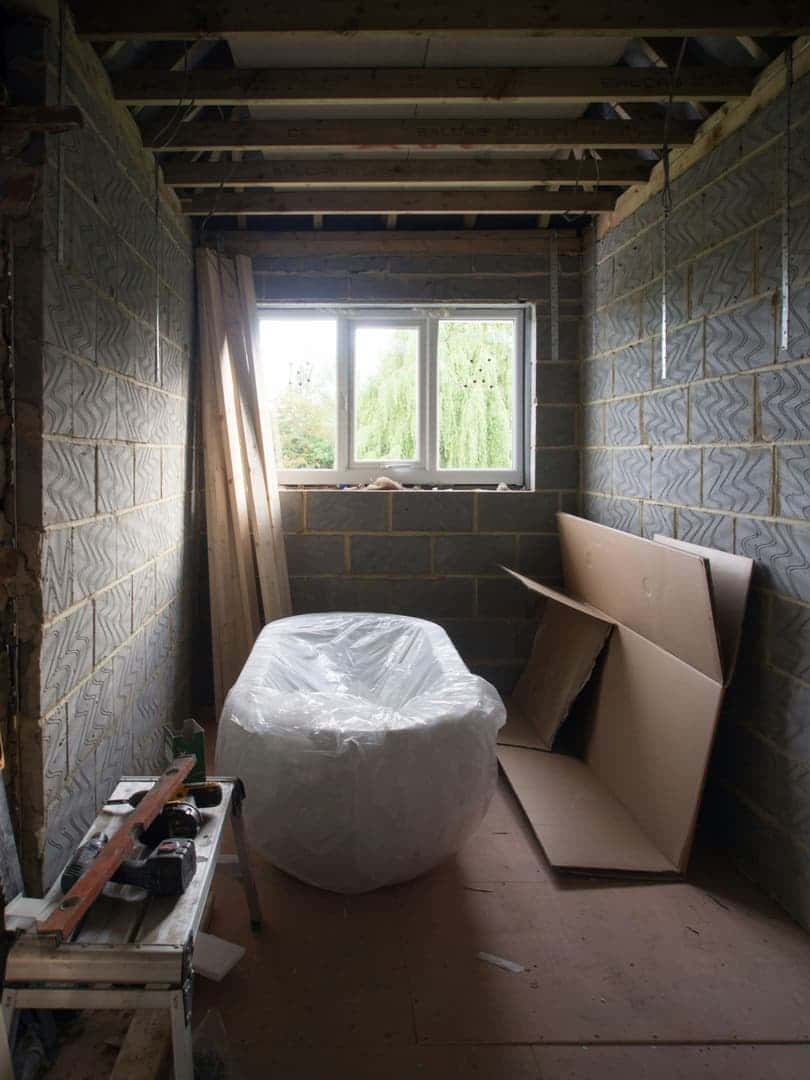
Second-hand solar panels: smart deal or false economy?
With rising electricity prices, more and more households are turning to solar. But new installations are expensive, and a new trend is emerging: buying second-hand or refurbished solar panels. I looked into it and compared the promises with reality.
Price: the main argument
A new solar panel costs between €150 and €250 each. On the second-hand market, offers are sometimes half that, often coming from renovation sites. For a household looking to lower upfront costs, the temptation is strong. But beware: the lower purchase price can hide other costs.
The performance question
A solar panel loses efficiency over time, about 0.5% per year. After 10 years, it produces around 90% of its original energy. On paper, that may seem small, but across several panels, the difference shows up on the bill. A second-hand panel must be tested and guaranteed to avoid nasty surprises.
Reliability and guarantees
Solar panel manufacturers often provide a 20 to 25-year warranty. With second-hand panels, there may still be 5 or 10 years left, but not always. Without that safety net, the financial risk increases in case of failure. Refurbished panels, tested and resold with a new warranty, are more reassuring than buying from a private seller.
Comparison: New vs Second-hand/Refurbished Panels
| Feature | New Panels | Second-hand/Refurbished |
|---|---|---|
| Purchase Price | €150-250 / panel | €75-150 / panel |
| Efficiency | 100% | 85-95% (depending on age) |
| Warranty | 20-25 years | 5-15 years remaining |
| Lifespan | 25-30 years | 10-20 years (remaining) |
| Risk | Very low | Medium (test required) |
| Availability | Always available | Limited stock |
| ROI (Return on Investment) | 8-12 years | 5-8 years (if reliable) |
Conclusion: Buying second-hand solar panels can lower the initial investment, but it requires caution. The best compromise is often refurbished panels, which combine a lower price with some level of security. In 2025, the real calculation is not just financial—it's also about durability and trust in the equipment. Explore other energy-saving solutions with our guide on [heat pumps in France](/en/blog/2025-09-21-heat-pumps-france) and our [autumn energy-saving tips](/en/blog/2025-09-26-autumn-home-energy).
Stay Updated
1 tip per week, no spam.
About the author:
Alexandre Dubois is passionate about practical eco-friendly living. Based in France, he shares tested habits that reduce costs and environmental impact without overcomplicating daily life. Contact: info@greendailyfix.com
Related posts

Eco-Heating in 2025: Heat Pump vs Pellet Stove vs Solar Heating
Heating accounts for nearly 60% of household energy use in Europe. In 2025, eco-friendly systems are booming — but the choices can be confusing. Should you switch to a heat pump, invest in pellets, or go solar? Let's compare costs, comfort, and carbon impact realistically.

Humidity and heating: finding the right balance in European homes
When heating comes on, indoor air often dries out — except in unventilated rooms, where moisture builds up. Too much humidity brings mold, too little dries out skin and sinuses. The balance is easy to achieve with a few simple habits.

Get your home winter-ready without expensive renovations: real solutions that work
Every autumn, we promise ourselves to improve insulation — yet between budget and time, major renovations always get postponed. But a warmer home doesn't just depend on thick insulation or triple-glazed windows. A few practical, real-life actions can cut energy use starting this month.

October is here: 5 simple habits to cut your heating bill
Every year, October marks the return of chilly evenings and the first heaters being switched back on. Across Europe, households brace for rising energy bills as the days get shorter. Yet cutting consumption doesn’t always require big investments: small habits are enough to reduce costs without sacrificing comfort.